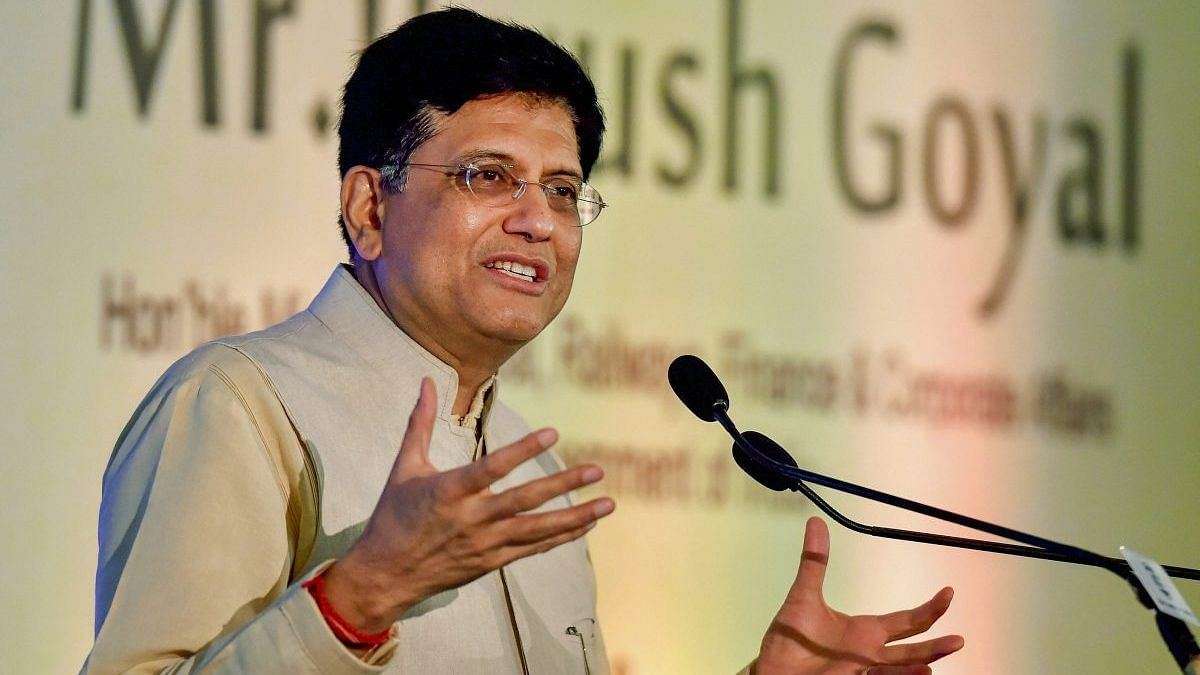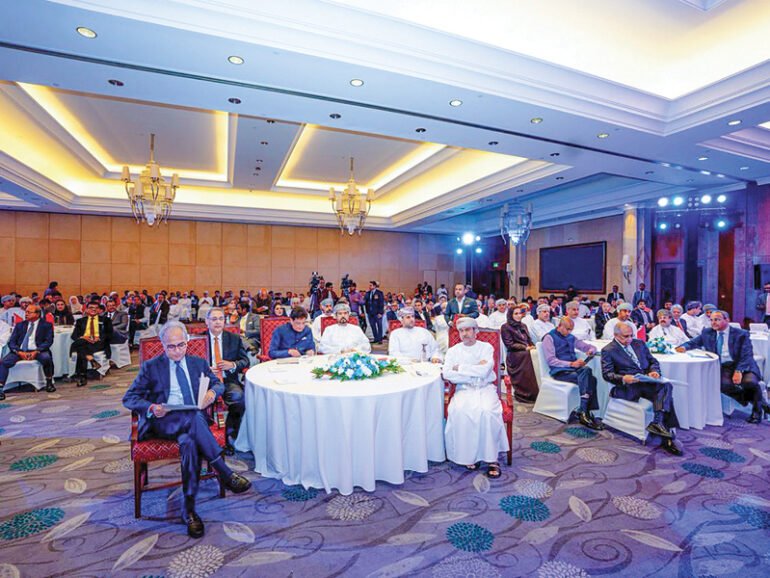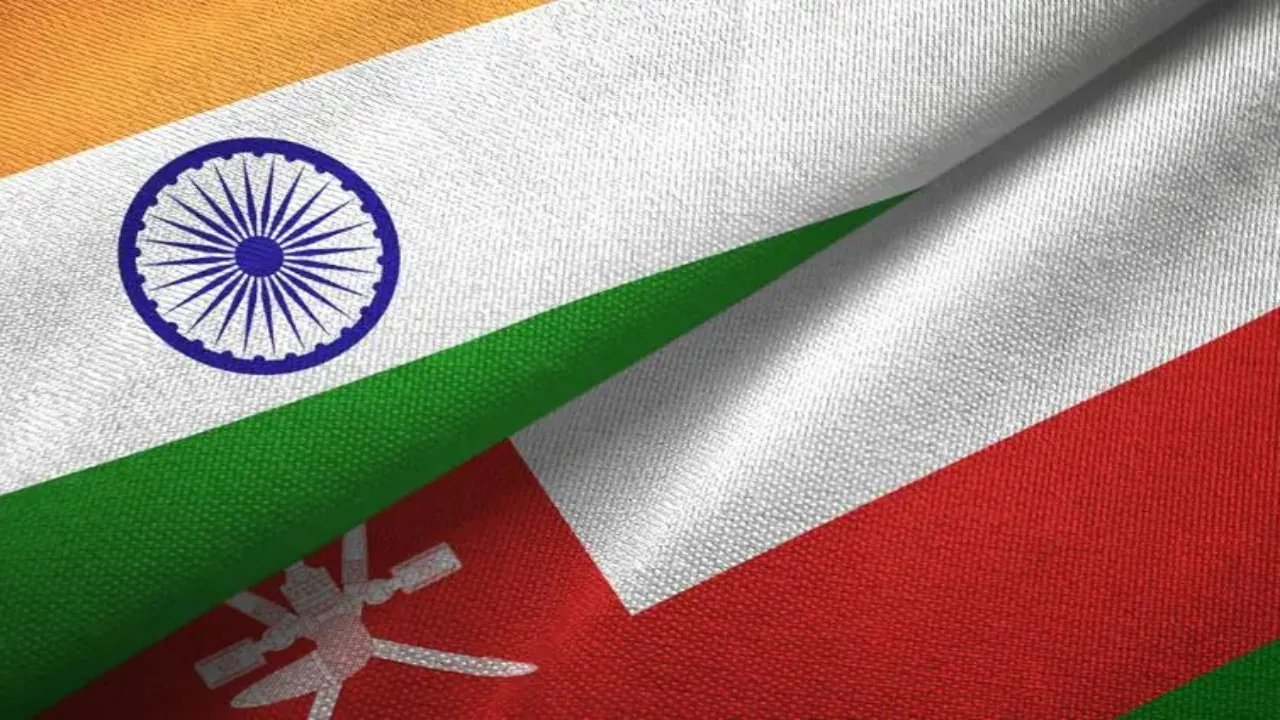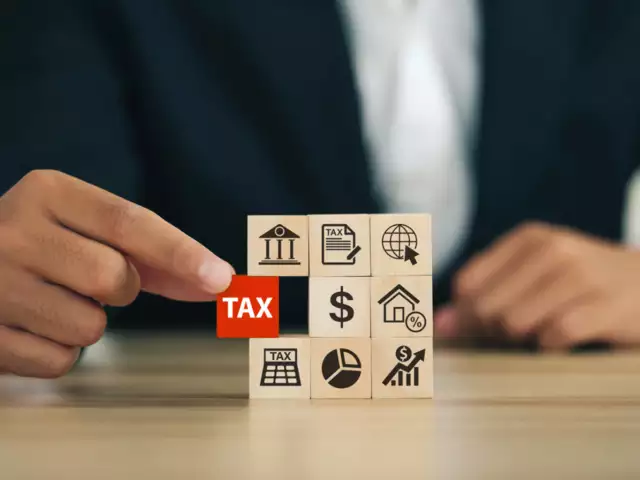The whitepaper reported that contactless transactions in total F2F transactions had seen a growth of more than six times by December 2021 since the same month in 2018
Payments platform VISA recently released a whitepaper on the growth of contactless payments adoption in India, drafted in association with payments processor Worldline.
The whitepaper reported that contactless transactions in total F2F transactions had seen a growth of more than six times by December 2021 since the same month in 2018.
According to the data from the Reserve Bank of India, there were 73.6 million credit cards and over 918 million debit cards in India by March 2022. The number of terminals was estimated to be 6 million, reported ETBFSI.
Contactless transactions have also seen a faster recovery post the pandemic than other modes of transactions. In comparison to credit card transactions, contactless transactions rose 35% by December 2021 than in January 2020.
The market segments with the highest contactless transactions are restaurants (including quick-service restaurants, food and grocery and pharmacies. According to Worldline, almost 25% of all transactions were contactless in supermarkets in January 2020, the number rose by 31% in January 2022.
Market segments such as airlines, telecom, utilities and insurance have continued to face a lagging growth in both credit and debit cards. Entertainment saw a steep fall in 2020 when multiplexes were shut down, and the sector showed a quick revival after the lockdown was lifted.
The top 10 states with the highest contactless transactions were Maharashtra, Karnataka, Delhi NCR, Andhra Pradesh, Telangana, Tamil Nadu, Gujarat, Kerala, Haryana, and Uttar Pradesh
Contactless and card-on-delivery options were more preferred by affluent cardholders, the whitepaper reported. Affluent customers used contactless payments for daily essentials such as food and grocery, fuel and pharmacies.
Geographically, contactless payments were adopted more in the larger metro areas where issuance and acceptance were higher such as in segments like food and grocery, QSRs and fuel. These segments contributed to 80% of the volume and 60% of the value of all card transactions. It has seen sustained growth in Delhi NCR, Bengaluru, and Hyderabad, followed by Ahmedabad, Jaipur and Pune.
The top 10 states with the highest contactless transactions were Maharashtra, Karnataka, Delhi NCR, Andhra Pradesh, Telangana, Tamil Nadu, Gujarat, Kerala, Haryana, and Uttar Pradesh.
Going ahead, the whitepaper expected fintechs to help contactless payments penetrate beyond metro areas and policy efforts to help boost adoption rates in the consumer economy.
*******************************************************
Readers
These are extraordinary times. All of us have to rely on high-impact, trustworthy journalism. And this is especially true of the Indian Diaspora. Members of the Indian community overseas cannot be fed with inaccurate news.
Pravasi Samwad is a venture that has no shareholders. It is the result of an impassioned initiative of a handful of Indian journalists spread around the world. We have taken the small step forward with the pledge to provide news with accuracy, free from political and commercial influence. Our aim is to keep you, our readers, informed about developments at ‘home’ and across the world that affect you.
Please help us to keep our journalism independent and free.
In these difficult times, to run a news website requires finances. While every contribution, big or small, will makes a difference, we request our readers to put us in touch with advertisers worldwide. It will be a great help.
For more information: pravasisamwad00@gmail.com



